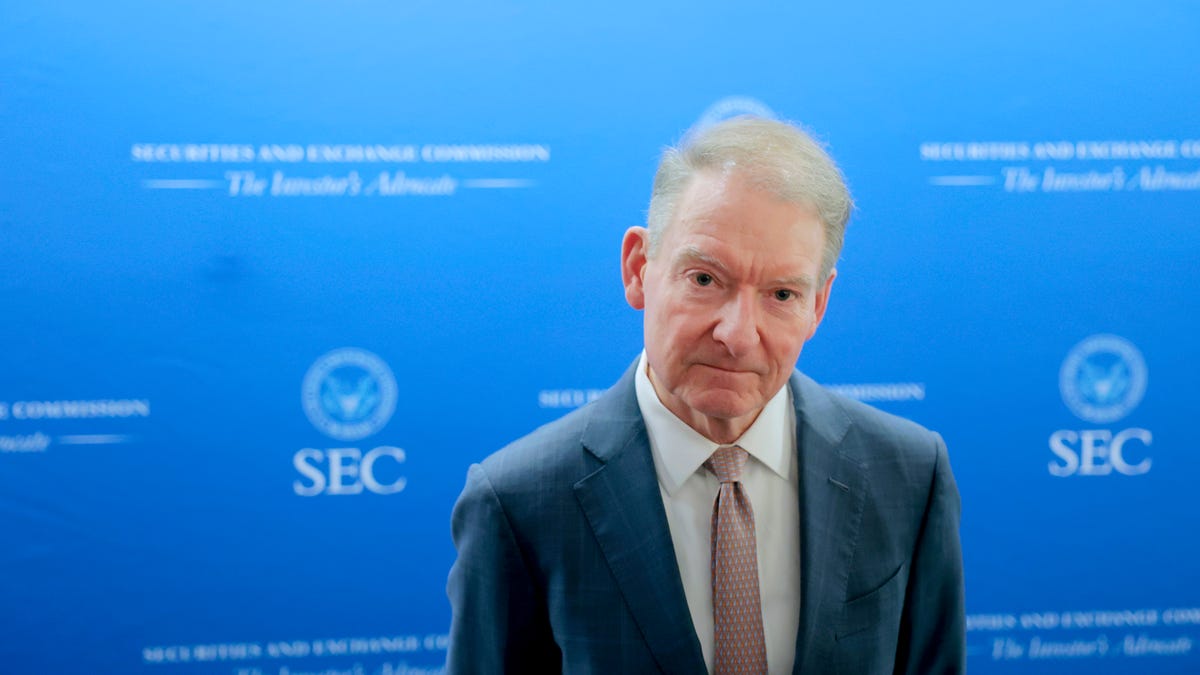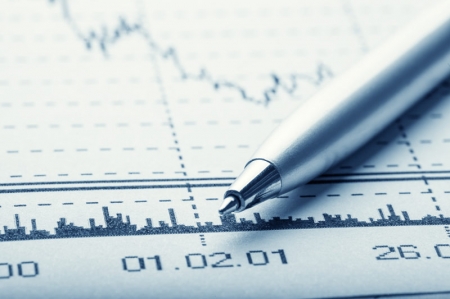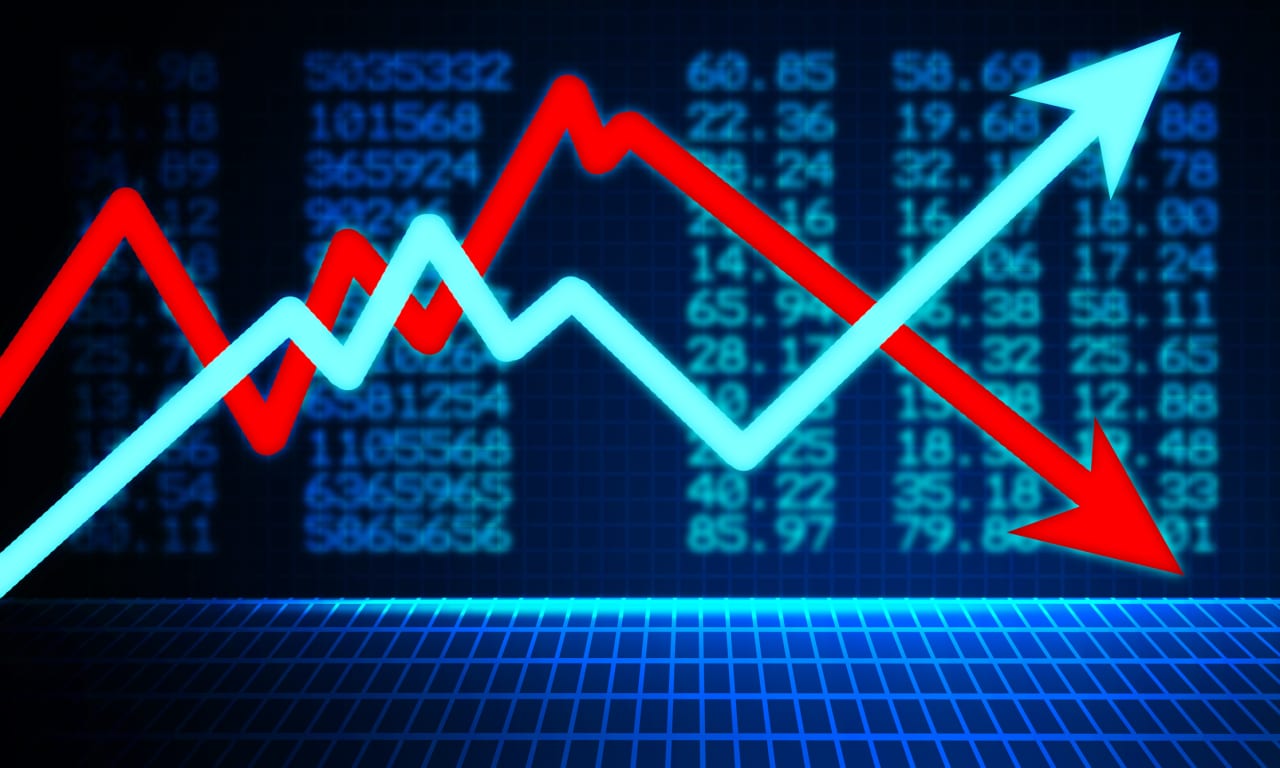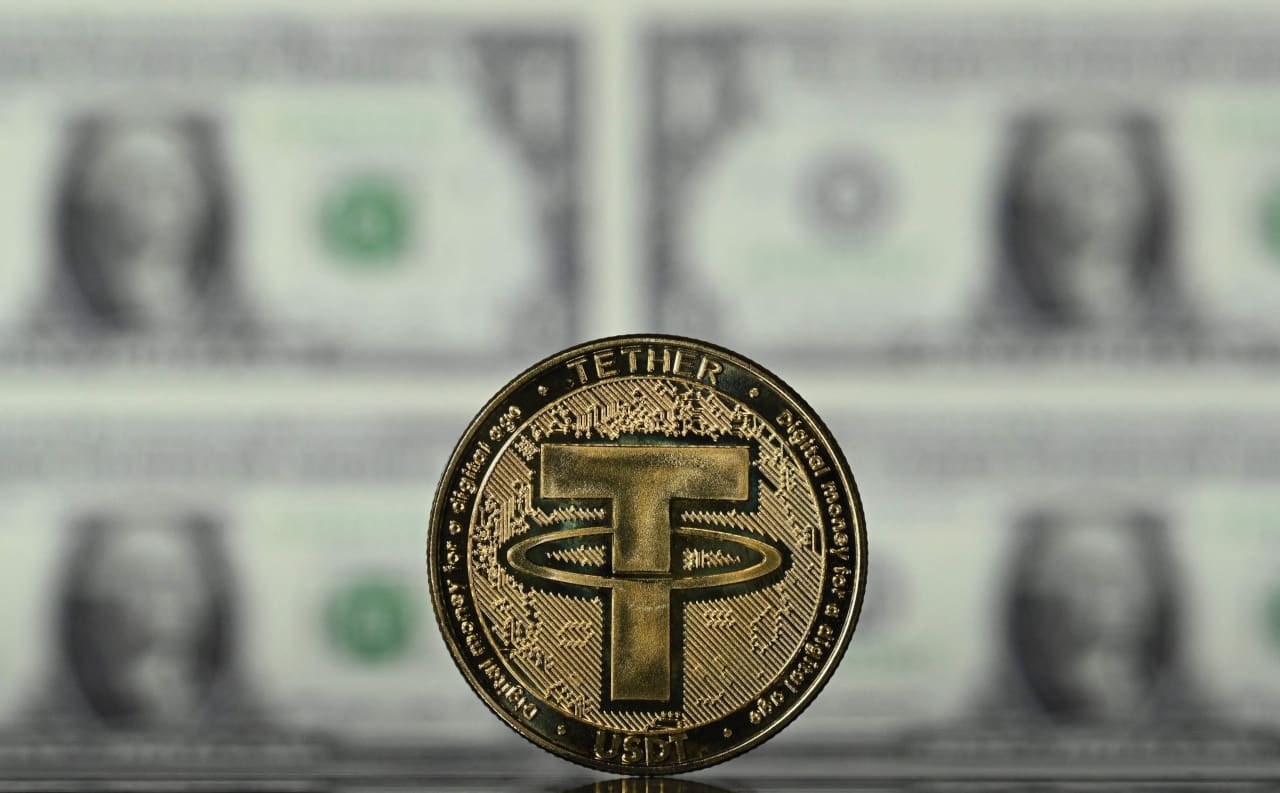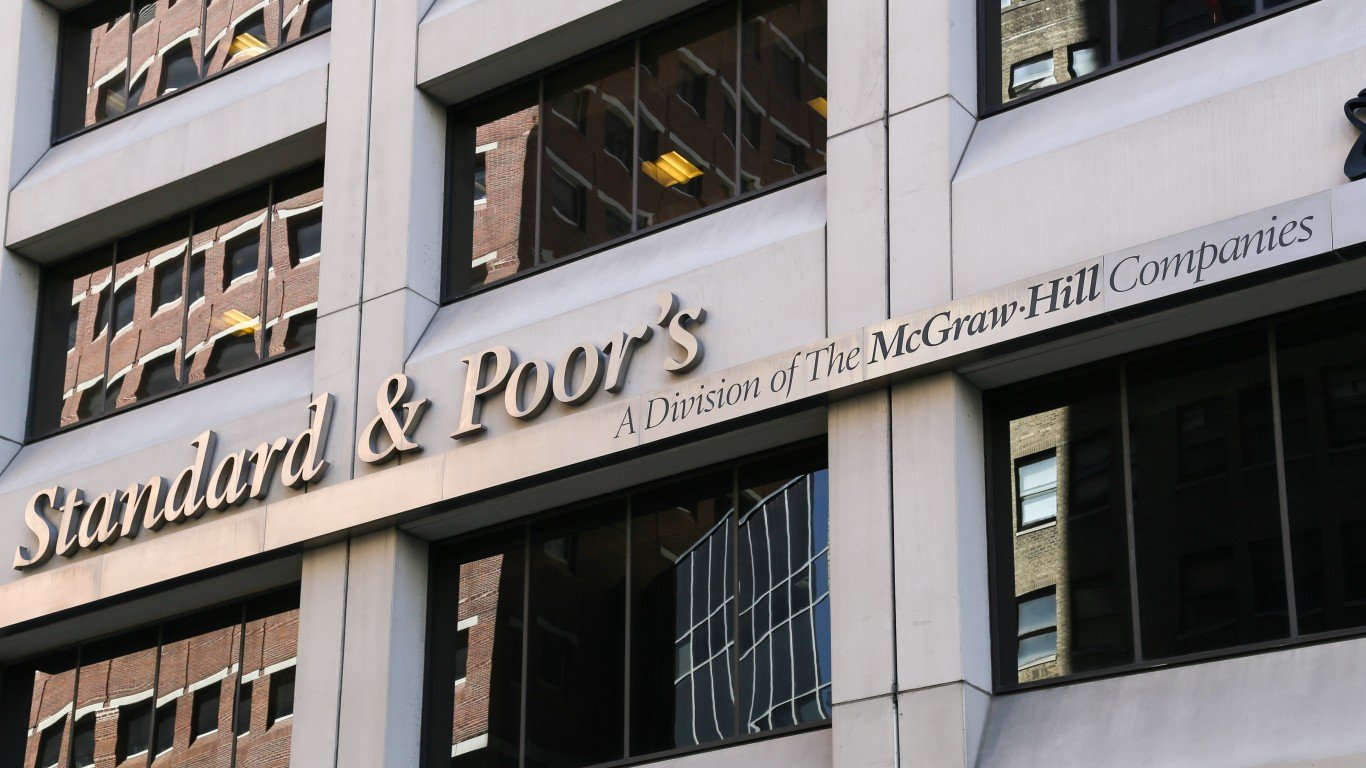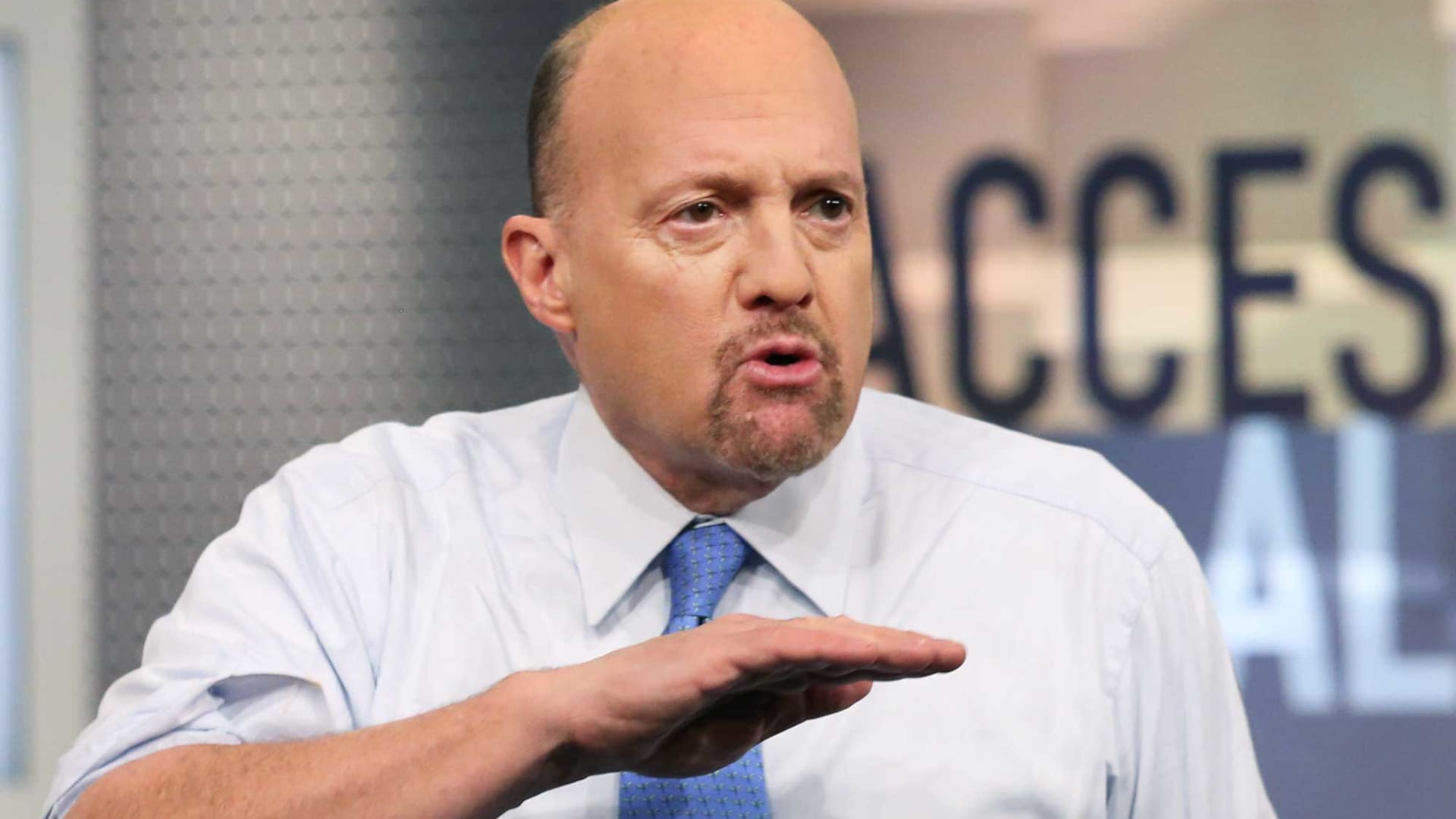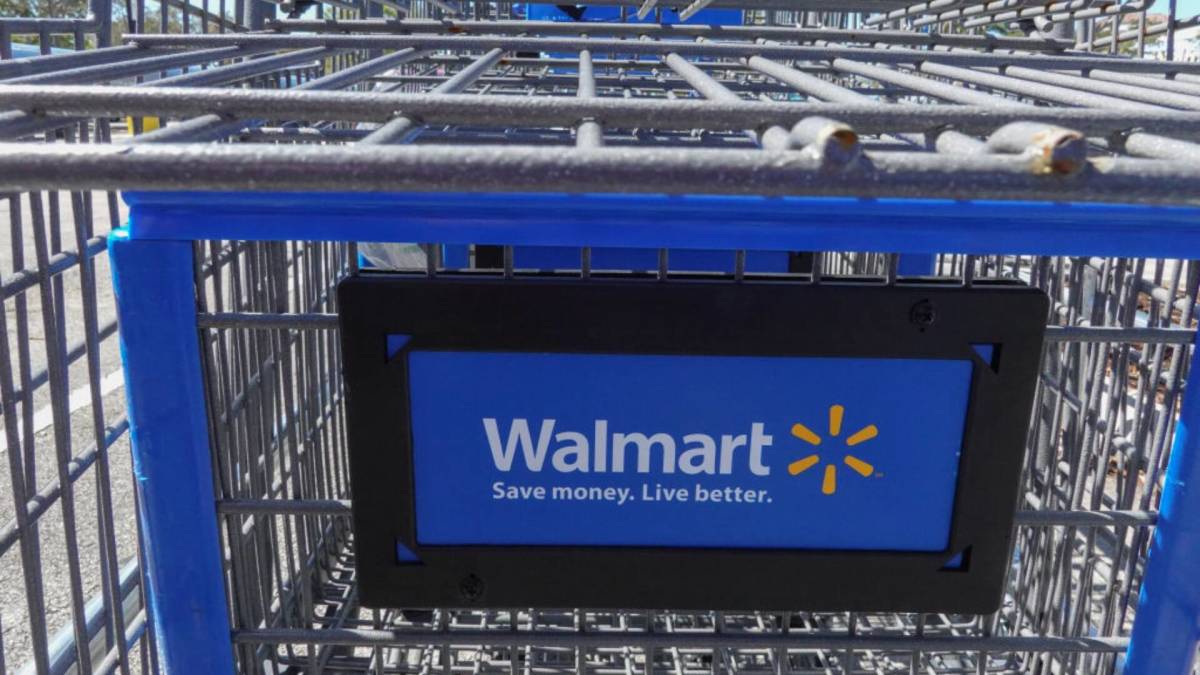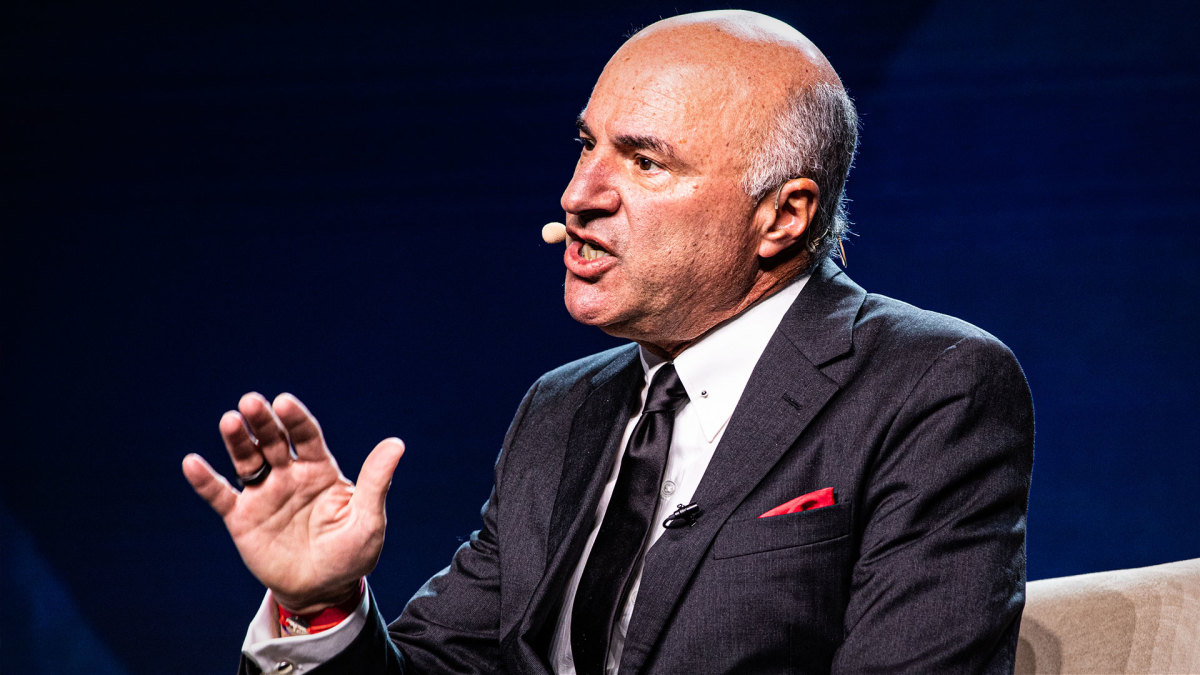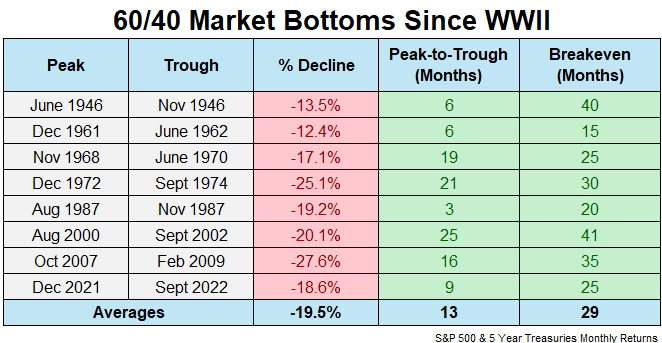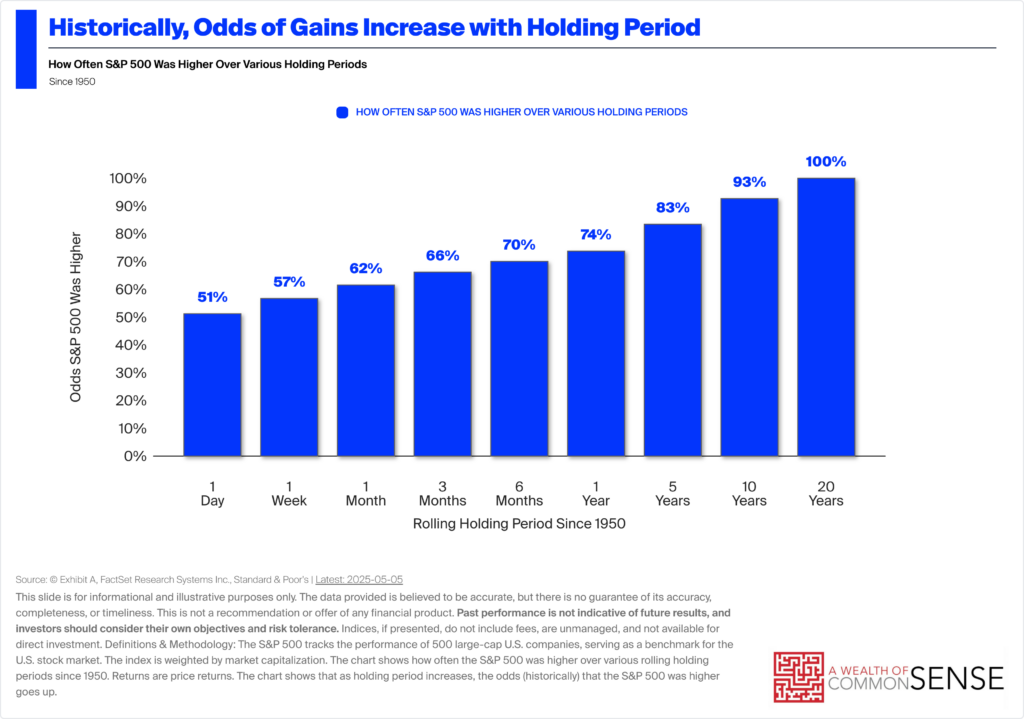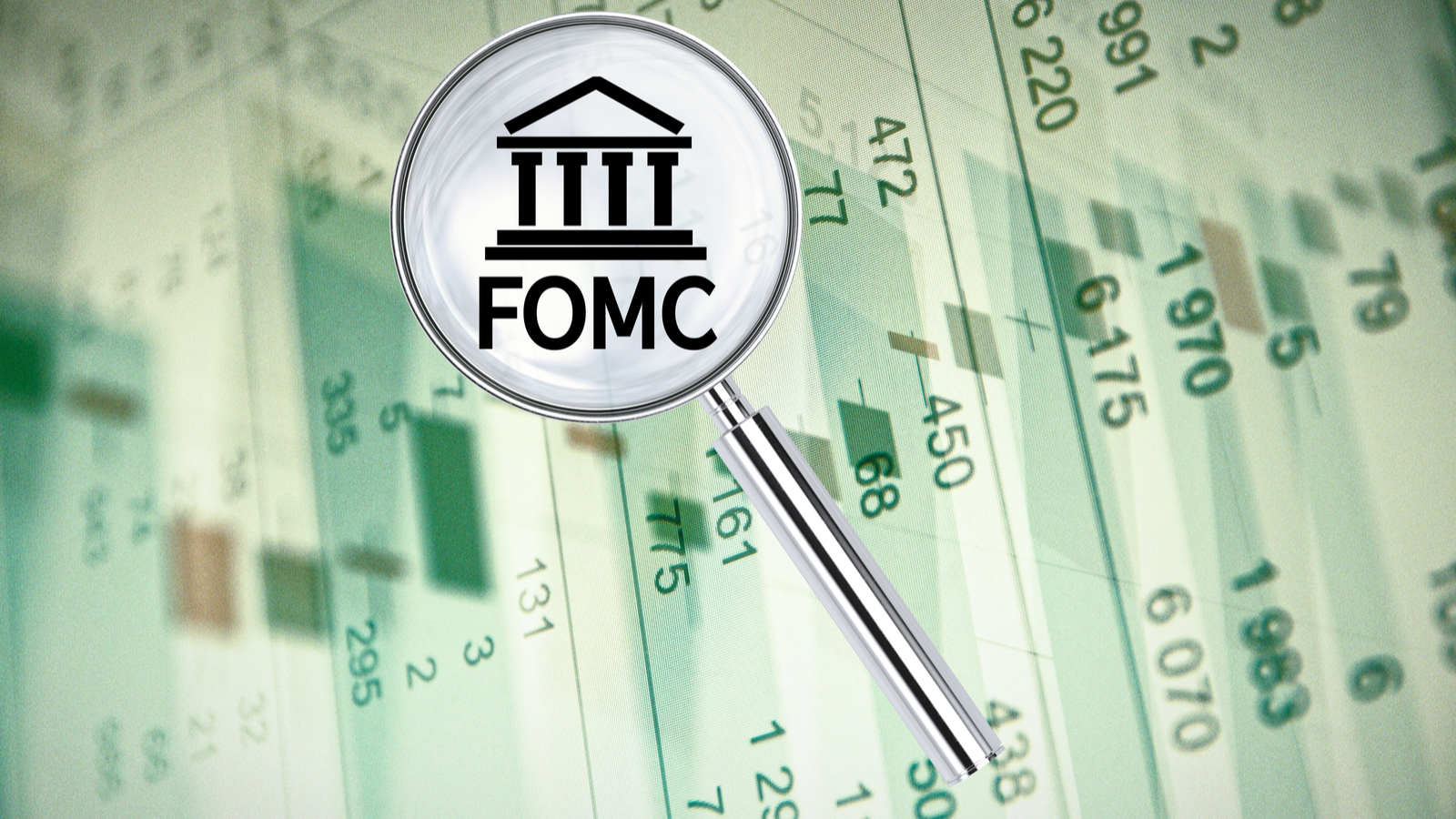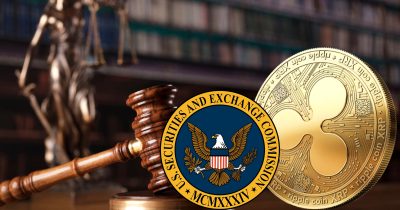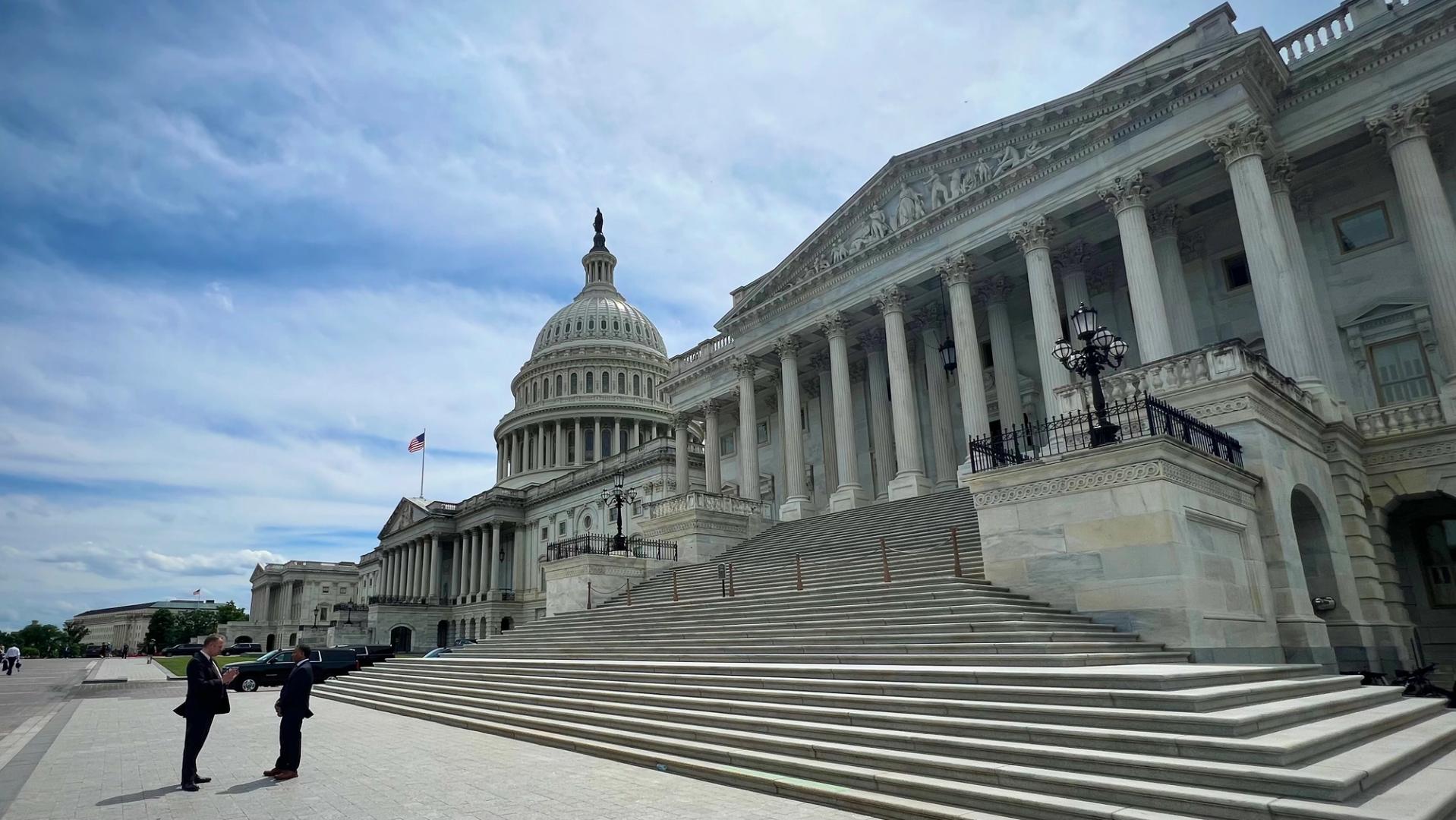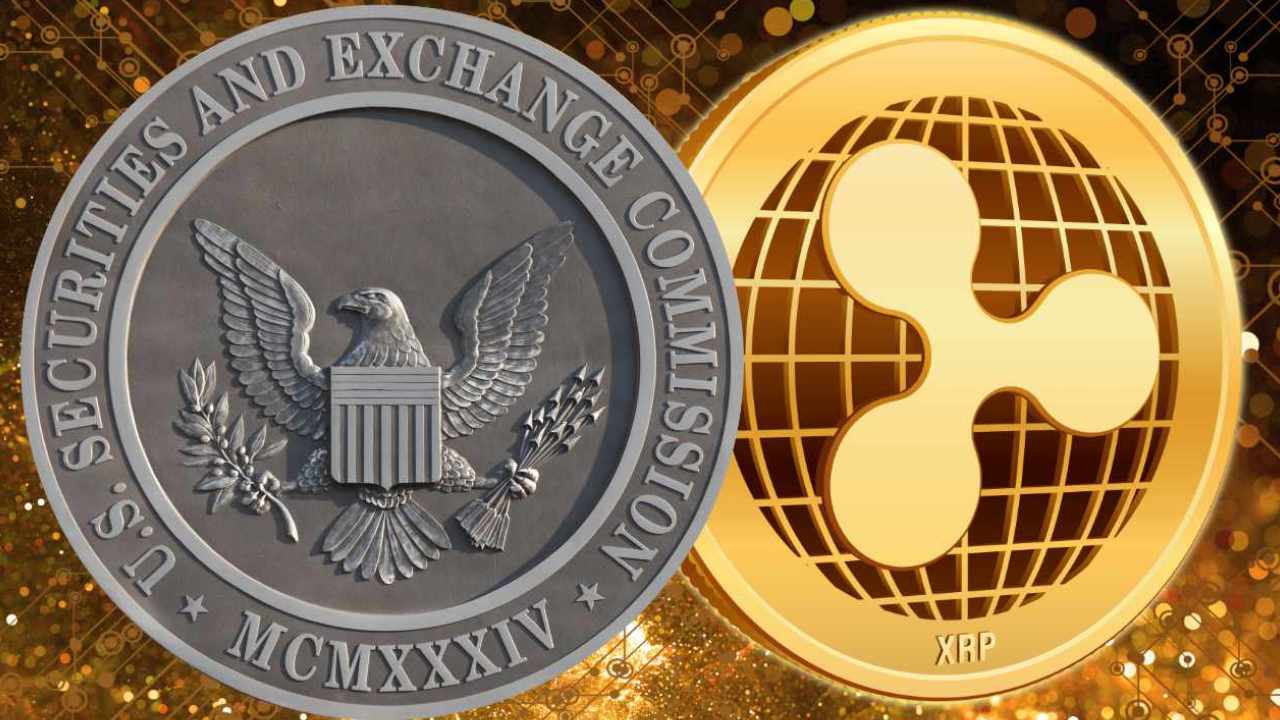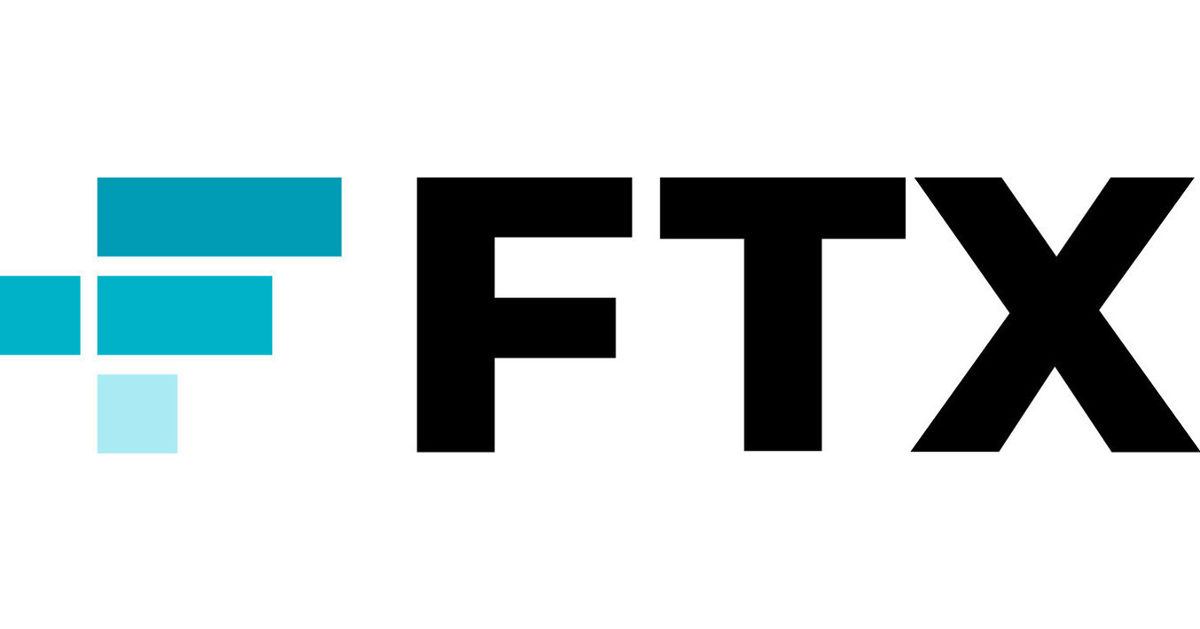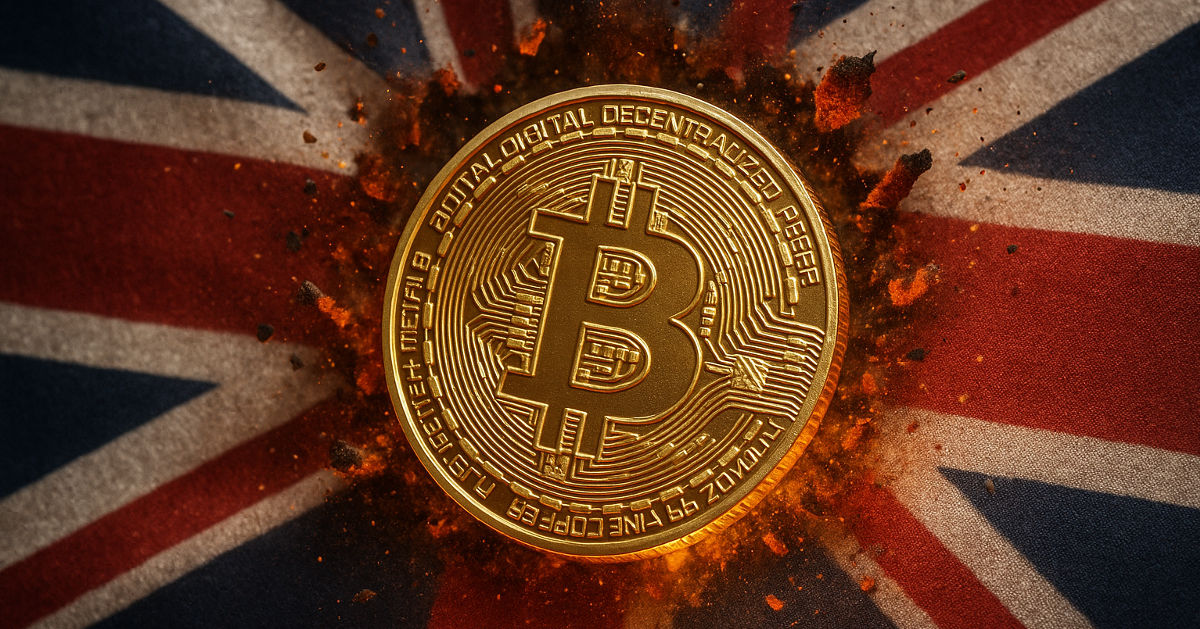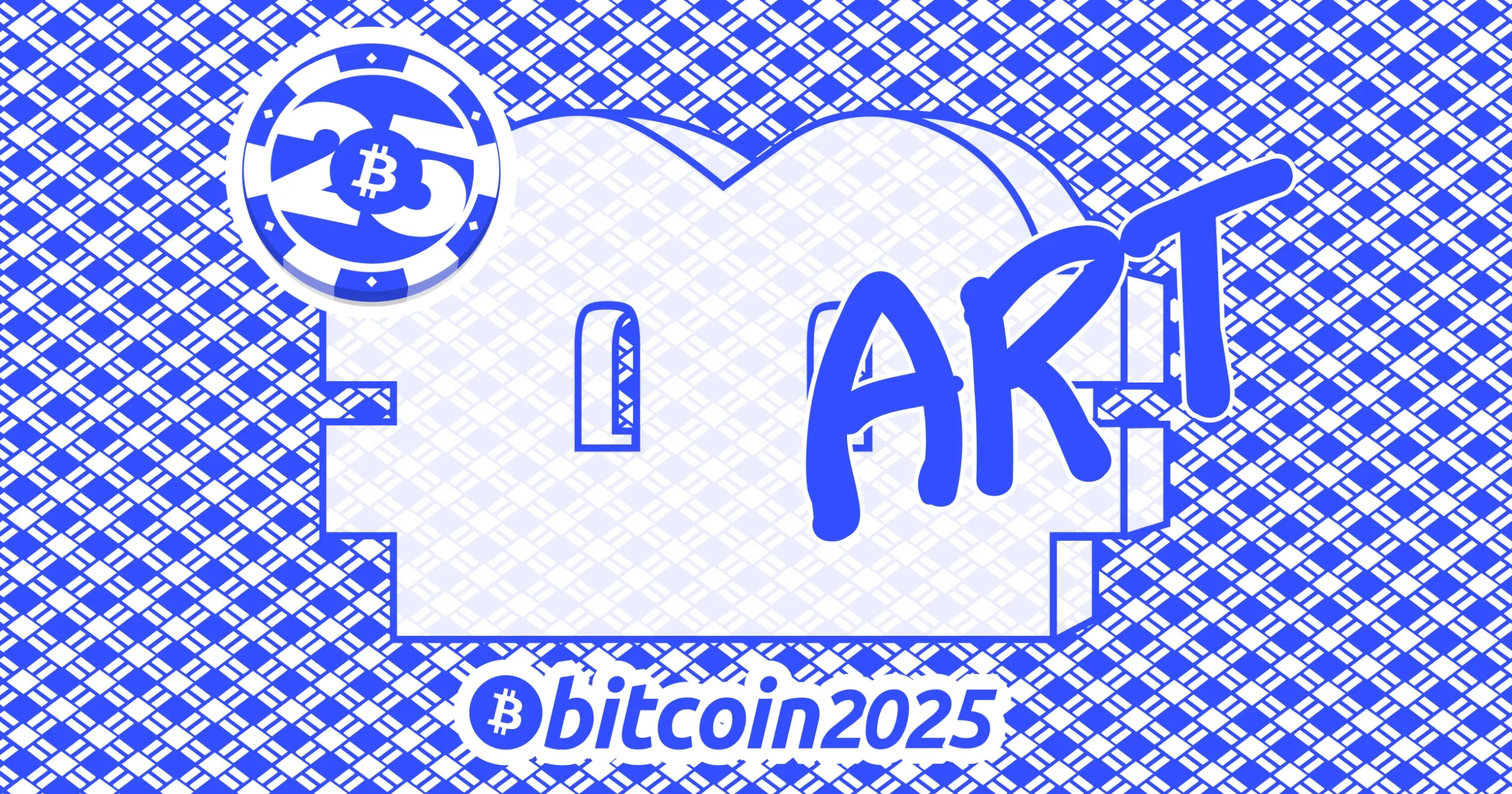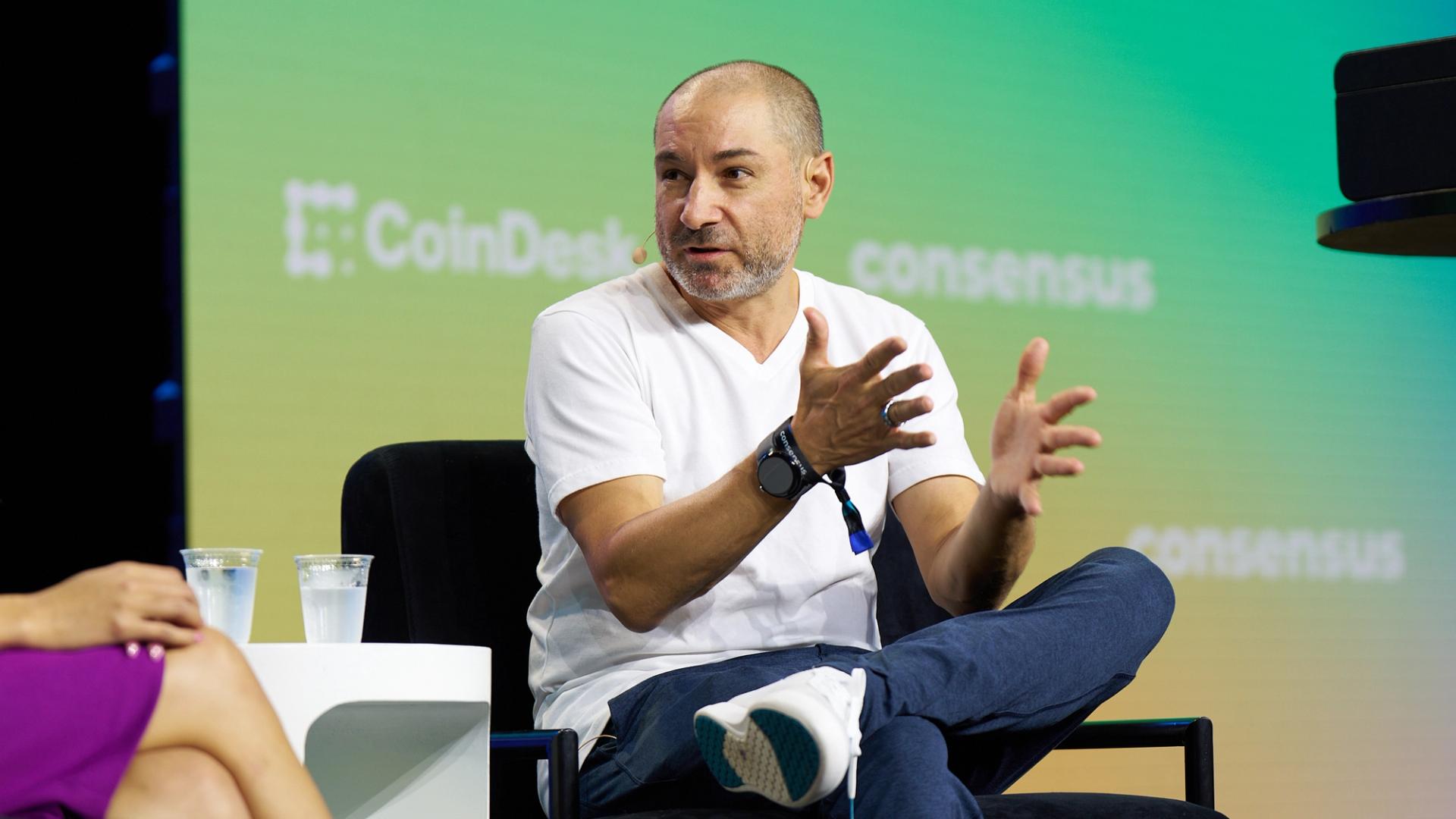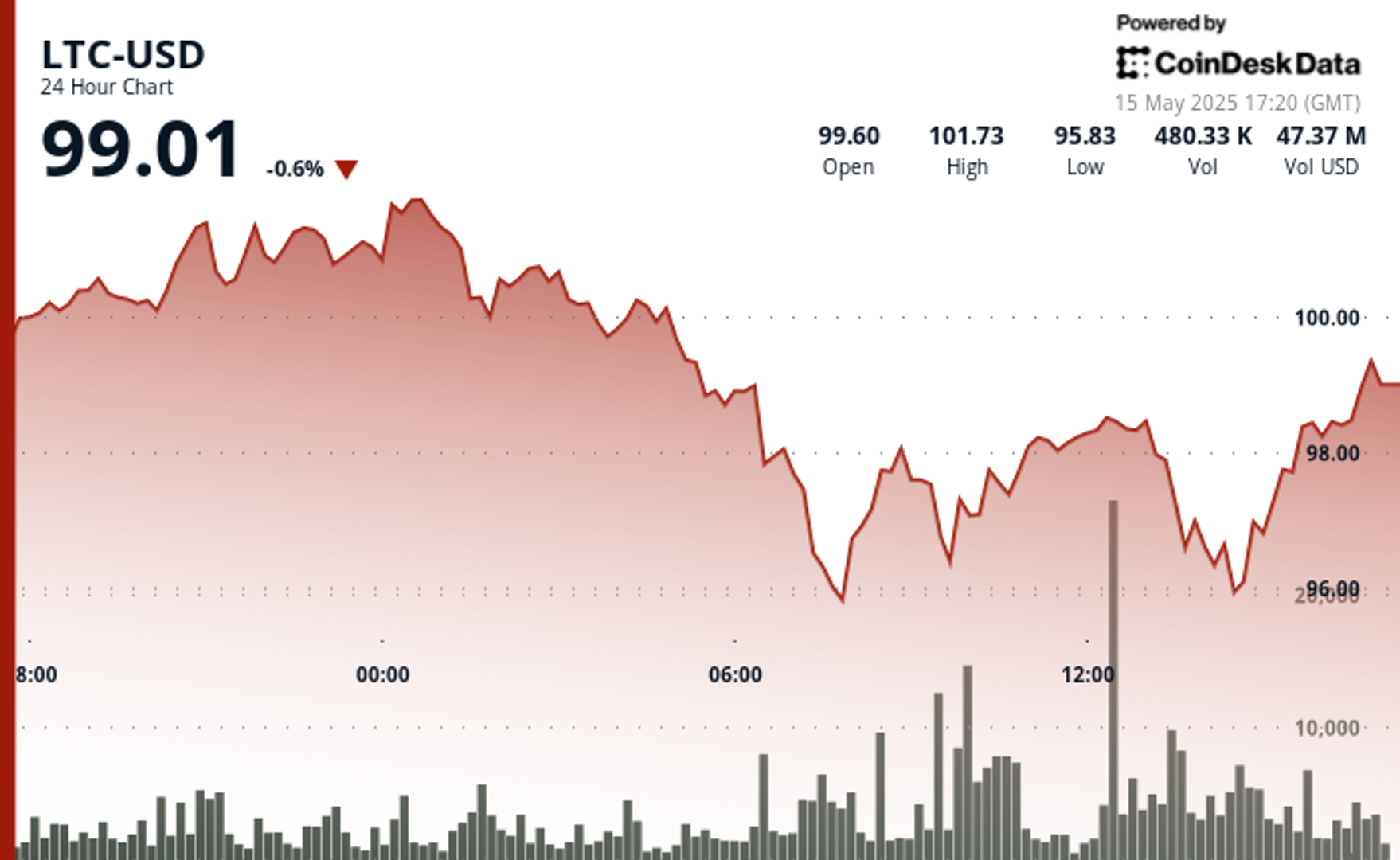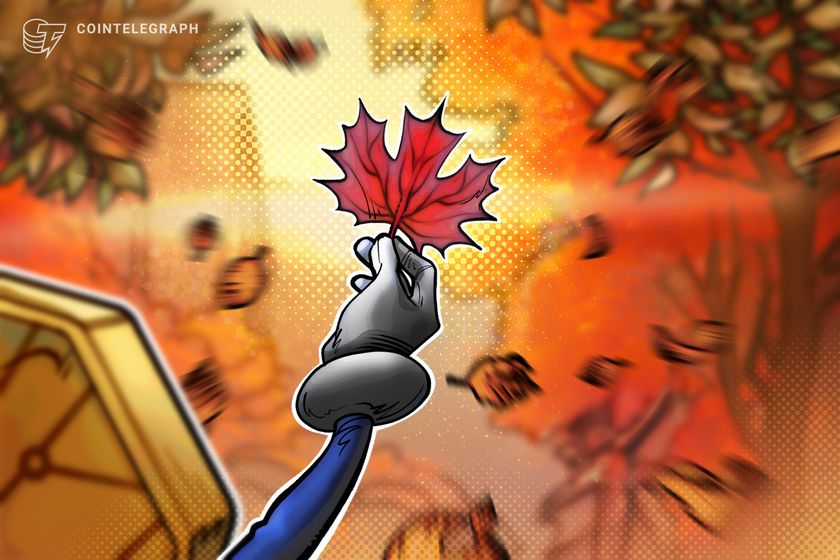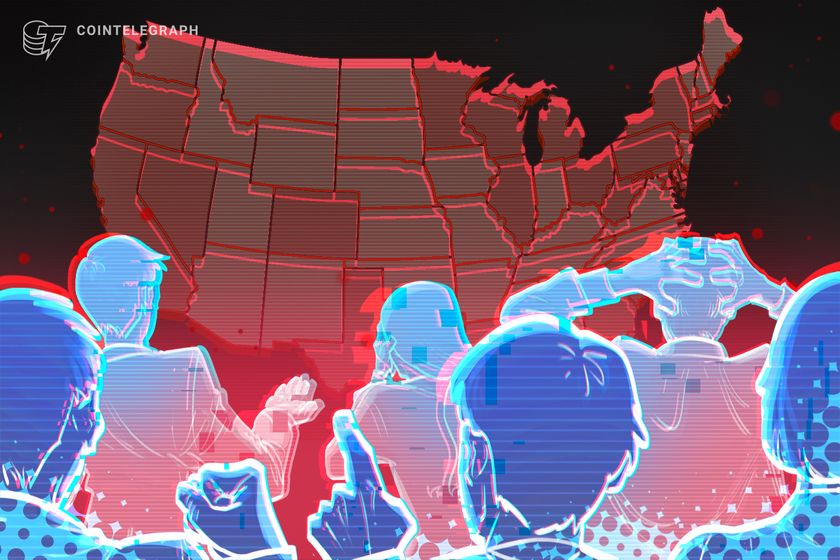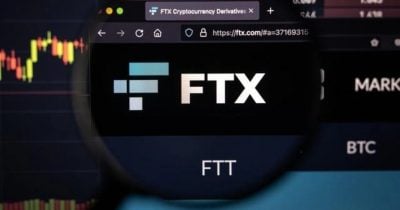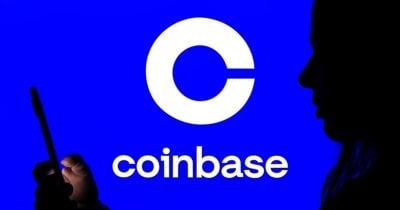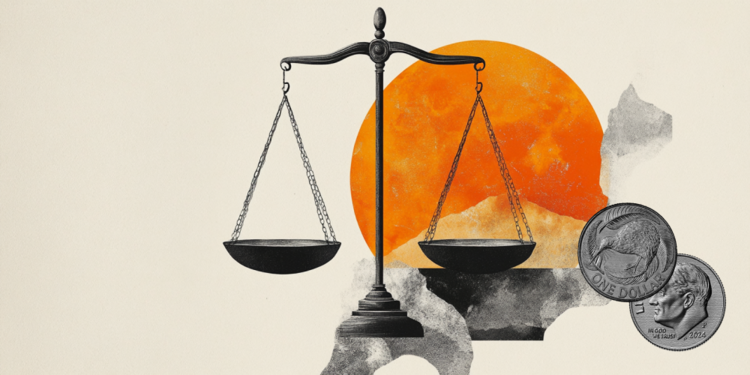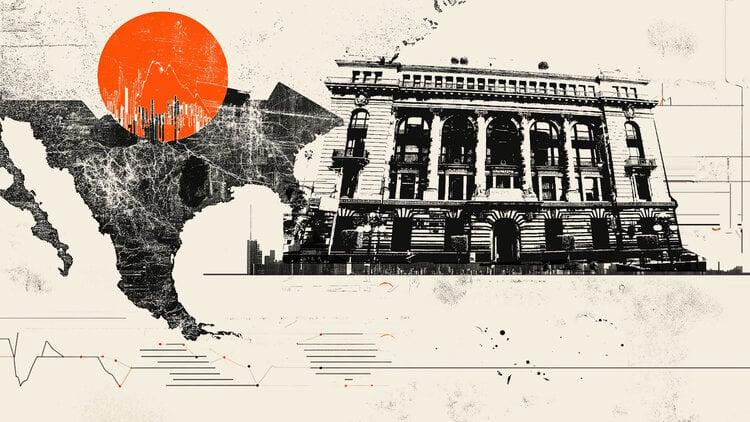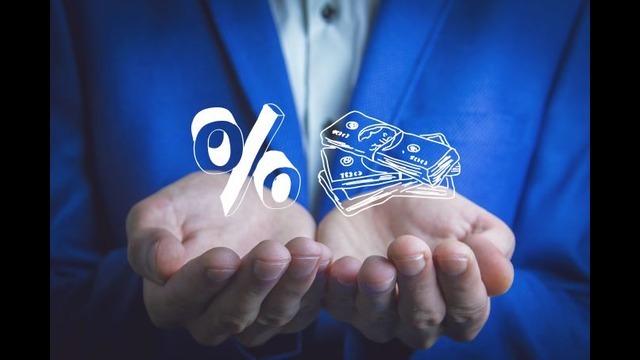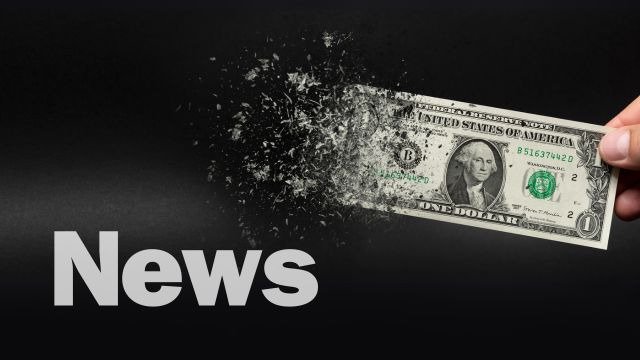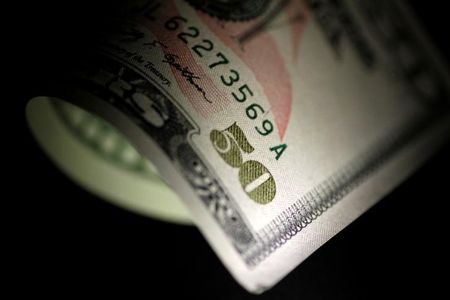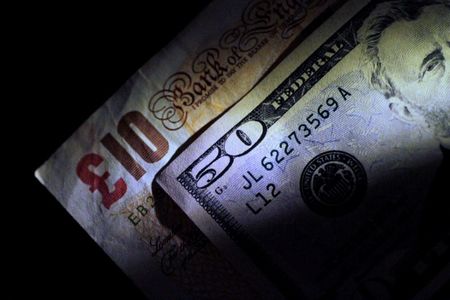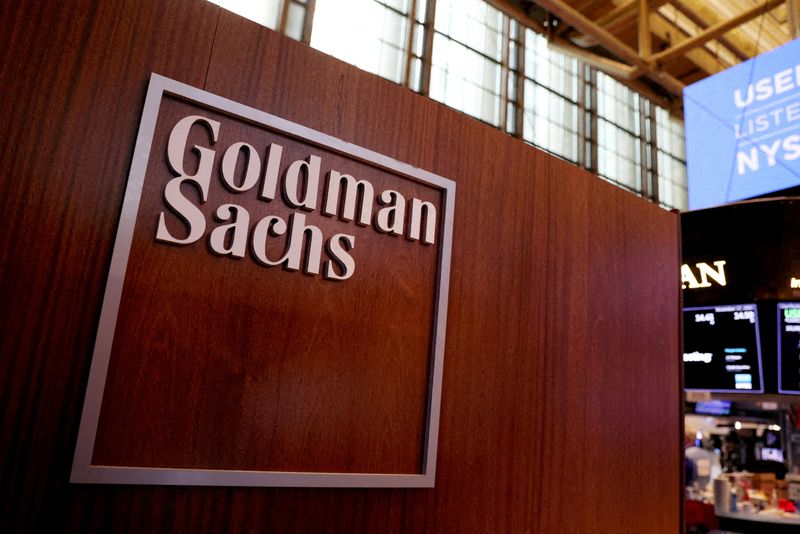Consumer debt delinquency surges to five-year high as student loan payments pause expires
The New York Fed found nearly 8% of aggregate student debt was 90 days past due as of Q1.

- Missed student loan payments have driven overall consumer debt delinquency to a post-pandemic high. As the Trump administration reverses lenient Biden-era policies, millions of borrowers have seen their credit scores plunge after delinquencies returned to credit reports in the first quarter of 2025.
The Trump administration is cracking down on student loan repayments, driving the debt burden of American households higher as many borrowers struggle to keep up. After a five-year pause, the government restarted collections on defaulted student loan debt earlier this month, and millions of people have already seen their credit scores plunge after such delinquencies returned to credit reports in the first quarter of 2025.
The overall share of delinquent consumer debt in the U.S. rose to 4.3% in the first three months of the year, according to the Federal Reserve Bank of New York’s quarterly report on household debt and credit. That marked its highest level since 2020 and an increase from 3.6% in the prior quarter.
Even more strikingly, missed payments surged even though new delinquency rates for nearly all loan types held steady, apart from a notable exception. Almost 8% of aggregate student debt was reported in “serious delinquency,” or 90 days past due, compared to less than 1% at the end of last year.
View this interactive chart on Fortune.com
“After a five-year hiatus, student loan delinquency has returned to the pre-pandemic ‘normal’ with more than [10%] of balances and roughly six million borrowers either past due or in default,” the New York Fed wrote in a blog post Tuesday. “The ramifications of student loan delinquency are severe.”
Borrowers’ credit scores plunge
The new administration’s actions reflect a stark change in approach from the government under Biden, which tried to forgive tens of millions of borrowers of roughly $400 billion in federal student loan debt, only for the Supreme Court to strike down the plan.
Now, the New York Fed estimates more than nine million borrowers could face major financial repercussions as collections resume, with the White House saying the government could dip into federal tax refunds, Social Security benefits, federal pensions, and wages of delinquent borrowers.
“American taxpayers will no longer be forced to serve as collateral for irresponsible student loan policies,” U.S. Secretary of Education Linda McMahon said in a press release last month. “The Biden Administration misled borrowers: the executive branch does not have the constitutional authority to wipe debt away, nor do the loan balances simply disappear.”
Americans’ outstanding student-loan debt increased to $1.63 trillion in Q1, or 9% of the country’s $18.2 trillion in consumer debt, according to the New York Fed. Nearly one in four student-loan borrowers, the bank said, were behind on their payments. Almost 14%, or six million people, had a loan 90 or more days past due or in default, essentially the same as during the onset of the pandemic.
Many borrowers are also no longer shielded from the broader financial consequences. The Biden-era “on-ramp to repayment,” a one-year grace period during which missed payments were not reported to credit bureaus, expired in September.
As predicted, many Americans have seen their credit scores plunge by well over 100 points. That didn’t apply to just over half of newly delinquent borrowers, according to the New York Fed, who already had poor scores and would likely not have been approved for new credit regardless.
“However, 2.4 million of the newly delinquent had scores above 620 and many would have qualified for new auto, mortgage, and credit cards before these delinquencies were reported,” the bank wrote.
The White House did not immediately respond to a request for comment.
Meanwhile, new college students might also soon feel squeezed. After all, the interest rate on undergraduate student debt is set to remain near a 15-year high as the benchmark 10-year Treasury yield continues its wild ride.
This story was originally featured on Fortune.com


